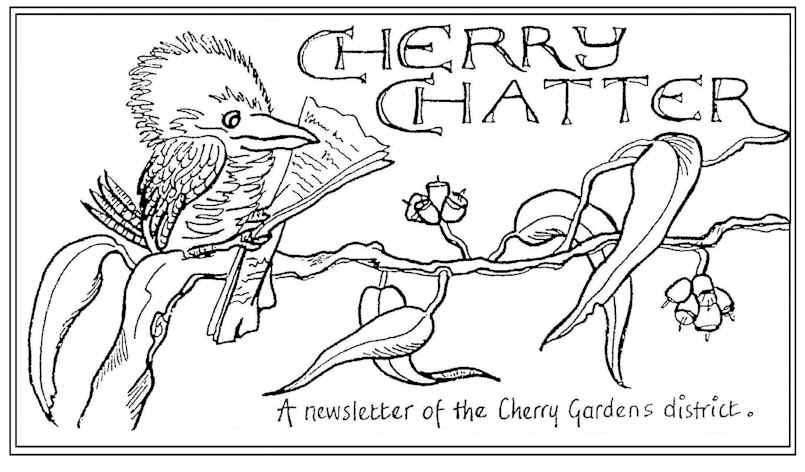Minton Farm
Hi all
I recently attended the biannual Australian Wildlife Rehabilitation Conference in Sydney. I took seven volunteers from Minton Farm, the majority of who were young ladies who had finished their honours at University last year and have come to Minton Farm to gain practical wildlife knowledge and experience. They all were highly engaged and motivated by the experience.
The species covered included micro bat rehabilitation, echidna, raptors, koalas, bobtail skinks, possums, marine mammals, turtles, magpies, tawny frogmouths, joeys, and cockatoos to name a few. Topics included pain management, impact of stress, diseases, fracture management, cataracts in kangaroos, volunteer programs, brain and spinal injuries, legislation, welfare, impacts on mental health, raptor rehabilitation, genetic biodiversity, feed guidelines, anaesthesia, satellite tracking, anticoagulants, biosecurity, wound management, and the art of imping (repairing damaged feathers).
Top Professors and Doctors shared their extensive knowledge to over 400 participants from Australasia. In addition to this, was the ability to buy extensive publications on wildlife diets, and rehabilitation as well as the medical and practical equipment such as silicon teats, heat producing pouches, minute scales for weighing tiny animals/birds in order to give the correct doses of medications and feed.
One of the most interesting talks was about echidnas by Peggy Rismiller.
Echidnas are one of the most resilient creatures that can withstand temperature changes and can tolerate Co2 levels up to 12%. This means they will survive better than humans to the world’s changes. They have been recorded in Tasmania to have gone into torpor, in response to attack for instance, and recorded 2 degrees body temperature with a breathing rate of only 1 breathe per minute! Impressive survivors! They are very good swimmers and use this to keep cool on warm days.
They breed from April to August, 22 days after mating they produce an egg which hatches after 10.5 days of incubation. The baby weighing only 231 micrograms, spends 52 days in pouch. (It takes 8 new born puggles to weigh the same as a 5 cent coin). The baby clings to the mother’s hair on her belly with its well-developed front arms, and has no teat to attach to. There are two milk patches that the puggle suckles from. After that the mother returns to a specially dug nursery burrow for only two hours every 5 days to feed them!
Consequently wildlife rehabilitators should not warm the puggles in care, but keep them between only 20-29 degrees. Housing for burrow young should be maintained at 15 to 20 degrees max, to allow the young to lower their body temperature and go torpid between their 5 day feeding period. Deviations from as natural as possible temperature and feeding patterns have resulted in death of the young.
The next Conference in two years’ time will be in NT.
Sincerely,
Bev. Langley
M: 0422938439
Please Vote and Donate to us at MyGivingCircle to help us share in $50k' here - https://mygivingcircle.org/projects/50000-for-australias-favourite-charities/
Please buy a lottery ticket for $2 - www.peopleschoicecu.com.au/minton-farm-animal-rescue-centre/
We’re fundraising with Entertainment Books! – http://www.entbook.com.au/9a29076
Facebook – https://www.facebook.com/mintonfarmanimalrescuecentre
www.mintonfarm.org


